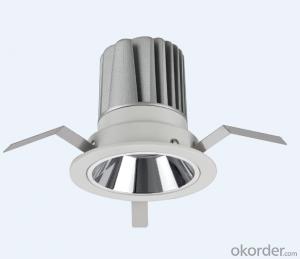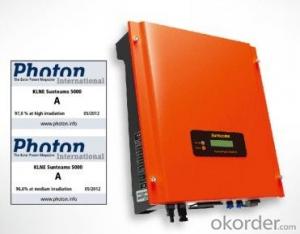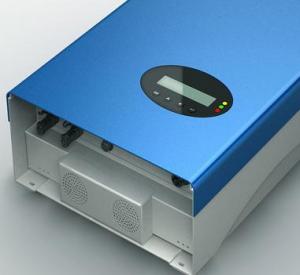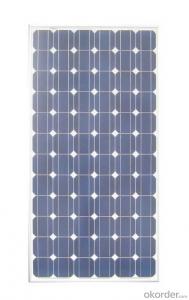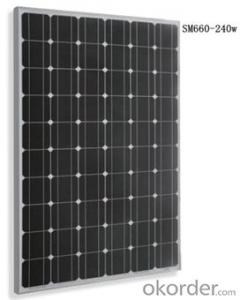Solar Inverter Wifi Module
Solar Inverter Wifi Module Related Searches
Ac Inverter For Solar Panels Solar Panel With Ac Inverter Gas Furnace With Ac Panda Hot Water Bottle Cover Minion Hot Water Bottle Cover Abb Solar Water Pump Inverter Solar Water Pump Philippines Extra Long Hot Water Bottle Solar Panel Dc To Ac Inverter Old Fashioned Hot Water BottleHot Searches
China Ac Module Solar Panel China Solar Ac Module China Solar Module Prices China Solar Module Solar Module China Ac Module Solar Panel Price Solar Inverter Panel Price Solar Panel Module Price Solar Module Wholesale Price Solar Module Price Per Watt First Solar Module Price Solar Module Price Increase Solar Module Price Solar Panel Inverter Size Solar Panel Module Size Solar Panel Inverter Suppliers Solar Panel Module Types Solar Inverter Solar Panel Tesla Solar Panel Inverter Type Of Inverter For SolarSolar Inverter Wifi Module Supplier & Manufacturer from China
Okorder.com is a professional Solar Inverter Wifi Module supplier & manufacturer, offers integrated one-stop services including real-time quoting and online cargo tracking. We are funded by CNBM Group, a Fortune 500 enterprise and the largest Solar Inverter Wifi Module firm in China.Hot Products
FAQ
- Yes, a solar inverter can be used with a solar-powered heating system. The solar inverter converts the direct current (DC) generated by the solar panels into alternating current (AC) which can be used to power various appliances, including a heating system. This allows the solar panels to provide clean and renewable energy for heating purposes.
- Maximum power point tracking (MPPT) is a technique used in solar inverters to optimize the power output of a photovoltaic (PV) system. Solar panels generate electricity when exposed to sunlight, and their power output varies depending on factors such as temperature, shading, and the angle of incidence of sunlight. The maximum power point (MPP) is the point at which a solar panel generates the maximum amount of power for a given set of environmental conditions. However, since these conditions are constantly changing, it is essential to continuously track the MPP to ensure the highest possible power output from the solar panels. A solar inverter with MPPT functionality utilizes advanced algorithms and electronics to continuously monitor the voltage and current output of the solar panels. By dynamically adjusting the operating voltage and current to match the MPP, the MPPT inverter ensures that the solar panels operate at their highest efficiency, regardless of the changing environmental conditions. When the solar panels are operating at their MPP, the MPPT inverter extracts the maximum amount of power from the panels and converts it into usable AC power. This optimization leads to higher overall energy generation and maximizes the return on investment for solar power systems. In addition to improving efficiency, MPPT also offers other advantages. It can compensate for fluctuations in solar irradiation, temperature, or shading that may affect the power output of the panels. By continuously tracking the MPP, the MPPT inverter adjusts the operating parameters to mitigate the impact of these factors, ensuring a consistent and optimal power output. Overall, MPPT is a crucial feature in solar inverters as it maximizes the power output of a PV system by continuously tracking and adjusting the operating parameters to match the MPP. This technology enables solar power systems to operate at their highest efficiency, enhance energy generation, and maximize the benefits of utilizing renewable energy sources.
- Certainly, a solar inverter can be utilized in regions with high seismic activity. Nevertheless, it is imperative to guarantee that the solar inverter is engineered to endure and operate securely under such circumstances. Solar inverters are commonly constructed with sturdy and long-lasting materials to withstand a range of environmental factors, including seismic activity. They frequently undergo testing and certification to meet specific standards for seismic resistance. When installing a solar inverter in an area with high seismic activity, it is vital to adhere to the manufacturer's guidelines and recommendations. This may involve implementing additional measures such as reinforced mounting structures, flexible connections, and appropriate grounding techniques to enhance the stability and resilience of the inverter system. Furthermore, routine maintenance and inspections should be carried out to ensure that the solar inverter remains in optimal working condition even after seismic events. This entails examining for any indications of damage, loose connections, or other potential issues that may have arisen due to seismic activity. By taking necessary precautions and employing seismic-resistant solar inverters, it is plausible to safely and efficiently harness solar energy even in areas prone to seismic activity.
- The role of a data logger in a solar inverter is to collect and store data related to the performance and operation of the solar panels and the inverter. It records important information such as the amount of energy produced, the voltage and current levels, as well as any faults or errors that may occur. This data is then used for analysis, monitoring, and troubleshooting purposes, allowing users to optimize the performance and efficiency of their solar energy system.
- A solar inverter handles sudden changes in solar irradiation by constantly monitoring the incoming solar power and adjusting its output accordingly. It has built-in technology and algorithms that enable it to quickly adapt to changes in solar irradiation levels. The inverter can efficiently convert and regulate the fluctuating DC power from the solar panels into a stable AC power output, ensuring a smooth and consistent energy supply to the connected load or grid.
- Yes, a solar inverter can be used with a solar-powered refrigerator. A solar inverter is responsible for converting the direct current (DC) produced by solar panels into alternating current (AC) that can be used to power appliances, including refrigerators. Therefore, a solar inverter is an essential component in connecting a solar-powered refrigerator to a solar panel system.
- A solar inverter protects against overvoltage or overcurrent by continuously monitoring the voltage and current levels of the solar panels. If it detects an excessive voltage or current, it automatically disconnects the panels from the grid to prevent any damage. Additionally, the inverter may also have built-in protective devices like surge suppressors or fuses to further safeguard against overvoltage or overcurrent situations.
- Yes, a solar inverter can be used in a ground-mounted solar tracking system. In fact, the solar inverter is an essential component of the system as it converts the DC electricity generated by the solar panels into AC electricity that can be used to power appliances and be fed into the grid. The solar inverter's functionality remains the same whether it is used in a ground-mounted solar tracking system or a fixed tilt system.




